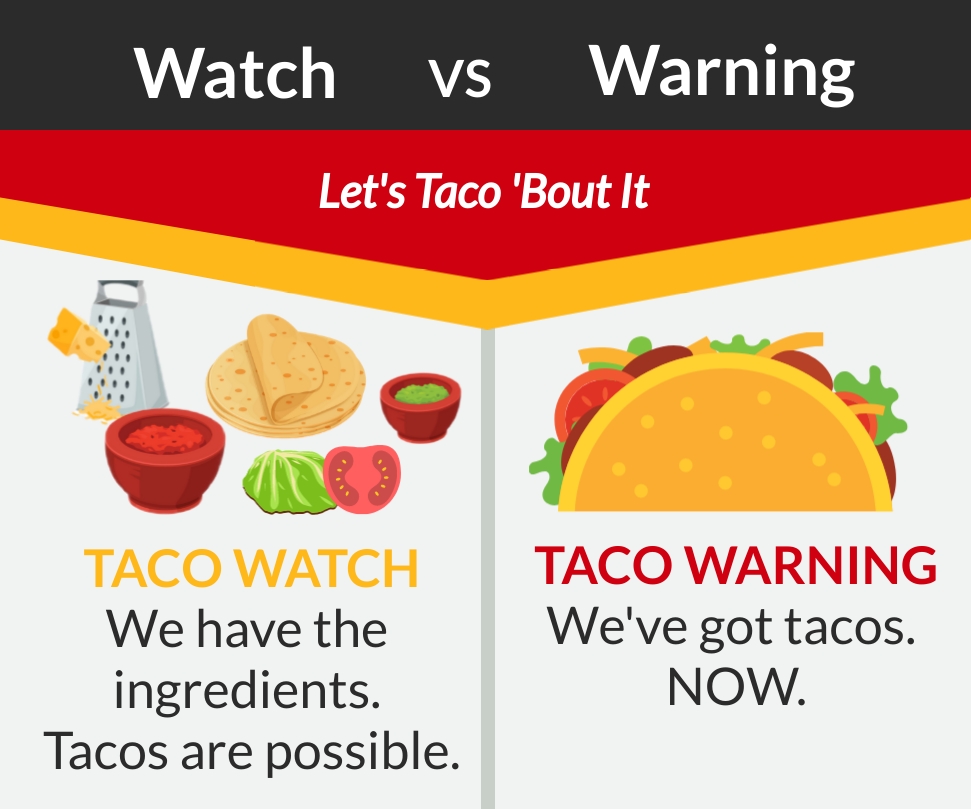Our 30 Days/30 Ways to Prepare for Emergencies focus this week is “Low-Cost, No-Cost Preparedness.”
Are you familiar with Murphy’s Law? Although not really a “law”, it is the idea that, “If anything can go wrong, it will...at the worst possible time.”
We may not be able to stop emergencies, but we can reduce the impact or damage they can cause. And, as you may know, “The best (preparedness) things in life are free.”
Preparing for everyone you love isn’t about how much money you spend. There are many steps you can take that don’t cost anything, except maybe a few minutes of your time. This week, we’re focusing on the low-cost and no-cost things you can do that can have a big impact.
Be in the Know on Who to Know
Learn who your county and local emergency management coordinators are. In Pennsylvania, every municipality (and county) has an emergency management coordinator. Your municipal coordinator helps your community to prepare, respond, and recover from disasters. And because they’ve seen it all, they are the experts in Murphy’s Law preparedness planning.
Many emergency management agencies send messages through social media or the municipal or county website. This is a handy way to learn relevant information and find relevant information. If you have special needs, it’s important they know so they are better able to plan to respond when disaster strikes.
Find your emergency management department.
When You're Prepared but Your Phone is Not
Set up your mobile phone to receive alerts.
Wireless Emergency Alerts (WEA) is a public safety system that allows customers who own compatible mobile devices to receive geographically targeted, text-like messages alerting them of imminent threats to safety in their area.
Why is this helpful? The National Weather Service explains why: You’re driving down the highway, humming along to your favorite tunes, when the cell phone stowed in your bag suddenly makes a strange noise. To investigate, you take the next exit and safely pull over to check the screen. Good thing you did: Your phone just alerted you to a tornado a few miles away in the same county you’re driving through.
Sound plausible? It is. America’s wireless industry is helping to build a Weather-Ready Nation through a nationwide text emergency alert system, called WEA, which will warn you when weather threatens. This is particularly helpful when you need to know about a threat in your area and not three states away.
Read the Ready PA WEA alert fact sheet to learn more about the different types of alerts sent through WEA and check to see if your phone is ready to receive them. Then, check out real stories of how WEA has saved lives!
Here's the 411 on More Information & Alerts
Did you know that just six inches of moving water can knock you down, and one foot of moving water can sweep your vehicle away? Severe thunderstorms, tornados, and flash flooding can happen quickly. And even a few minutes warning can mean the difference of life or death.
AlertPA allows you to sign up for emergency and weather-related alerts, health notifications, building alerts, and other updates from the commonwealth and federal agencies. Sign up here.
Visit your county emergency management website and check if they offer alerts, as well. Many offer alerts that will be specific to your community.
Now that You Can Receive Alerts, Let's TACO 'Bout It

If you receive a watch or warning on your phone do you know what the difference is? It means the difference between prepare or act now.
The NWS will issue a watch when the risk of hazardous weather has increased significantly, but its occurrence, location or timing is still uncertain. It is intended to provide enough time so those who need to set their plans in motion can do so. A watch means that hazardous weather is possible.
A warning is issued when hazardous weather is occurring, imminent, or likely. A warning means weather conditions pose a threat to life or property. People in the path of the storm need to take protective action.
Visit the National Weather Service to learn more safety tips.
Because You Could be the Help Until Help Arrives
Learn five simple steps that may save a life.
- Call 911
- Stay Safe
- Stop the Bleeding
- Position the Injured
- Provide Comfort
Now that you learned what the steps are, take a look at this free training provided by FEMA on how what to do. It could save your or a loved one's life.
The Basics are Good Too
Take a Basic First Aid and CPR Class. The American Red Cross offers many classes. You will gain the ability to help those in need.
Through their first aid certification classes you will learn how to respond to specific situations, which will help you care for people in crisis as they wait for medical professionals to arrive.
Here's a list of classes you can take.
Be Involved in Your Community
Did you know that 90% of the more than 2,200 fire companies in Pennsylvania are volunteer? Our communities rely heavily on volunteer fire, EMS, and emergency management personnel.
But you don’t have to run into a burning building to be involved. From fundraising to newsletters, volunteer companies need your help.
Learn more about how you can be involved in your local fire or EMS department from the Fire Corps.